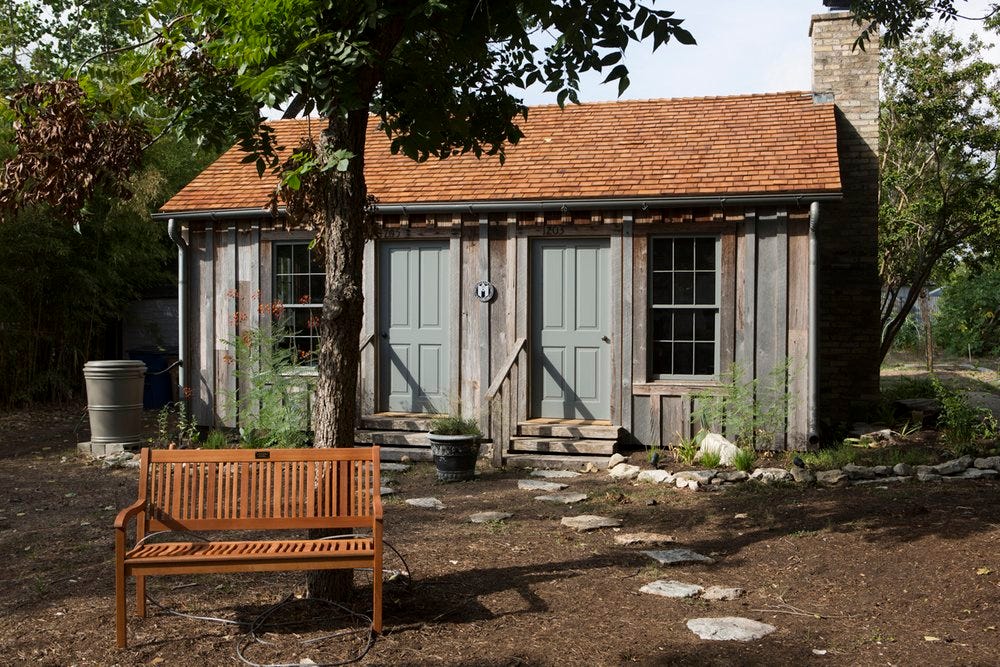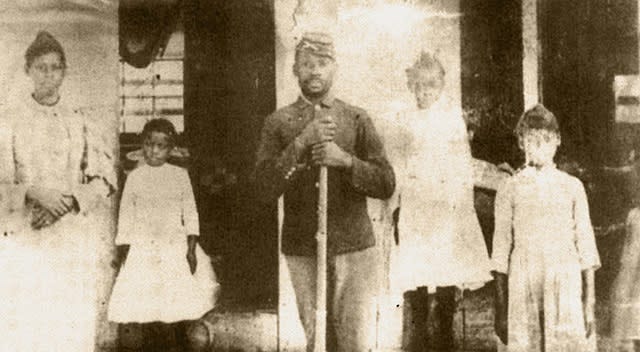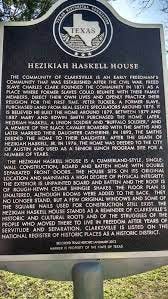Haskell House and the Clarksville Tour
The story of Clarksville, a Freedom Colony.
by Richard Croxdale
On MLK day, PHIT was blessed with a tour of the Haskell House, an historic house in the National Historic District of Clarksville. Clarksville was one of the first freedom colonies that sprang up across the south as previously enslaved people created their own communities. It was presented by Kathy Tyler, longtime advocate and activist in the Clarksville community.
The history of Clarksville is one of a constant struggle to remain a community.
In the infamous Master Plan of 1928, the city wanted to relocate all African Americans to the East side. It was illegal to just move them, so Austin placed all city services on the other side of town. Clarksville was unimpressed and held onto their land. The plan failed.
In the early 1970s, there was a plan to ram a feeder for Mopac right through the middle of the community. The citizens mobilized. Mopac was built but the feeder was not. Another plan by the city failed.
In the late 1970s, a wicked development company Tao-Ono, claimed to want to help Clarksville, but all they did was build nice houses for themselves. They went bankrupt. The community organized and created the Clarksville Community Development Corporation to build its own low-income housing. The CCDC was one of the first in the nation.
The Haskell House, the Sweet Home Missionary Baptist Church, and Mary Freeman Baylor Park are the center of the community. Walking through the area, which although heavily gentrified, still has a sense of peace and calm that you don’t find in any other part of Austin. Winding streets, tall trees, and lot of open space.

The Haskell House is the official start of the walking tour. It truly is a piece of Austin history. Peter Tucker bought the property in 1875 from the Pease family for $100.
This is the Pease family of the Pease Mansion on 6 Niles Road, the one that has been recently purchased by a mysterious buyer and is the talk of Austin.
Elisha Pease was the 5th and 13th governor of Texas. He was appointed Governor of Texas by General Sheridan, the military governor of Texas after the surrender in 1865. Most of the residents of Clarksville were former enslaved people of the Pease family.
The house was eventually bought by Hezikiah Haskell, who served in the Union army during the Civil War.

It was from the house on the back lot that Mary Smith, in the early days, would begin every morning by stepping out onto her porch and singing a spiritual. Her next door neighbor would chime in and soon everybody was singing along.
It is said that if you are attuned, you can still hear that song floating in the winds every morning.
So come visit the Haskell House. Walk respectfully through the neighborhood, and learn some of Austin’s early history.
